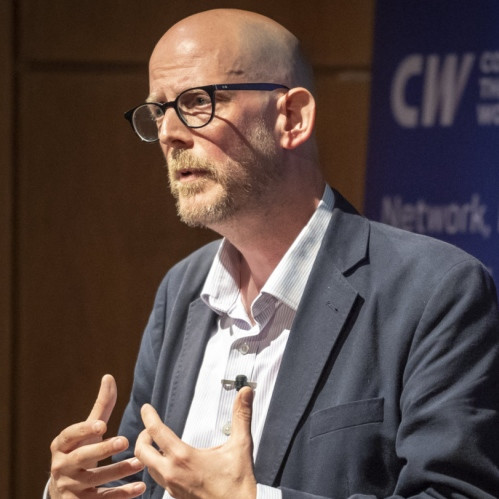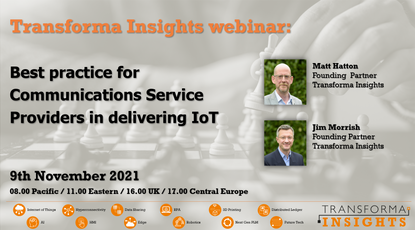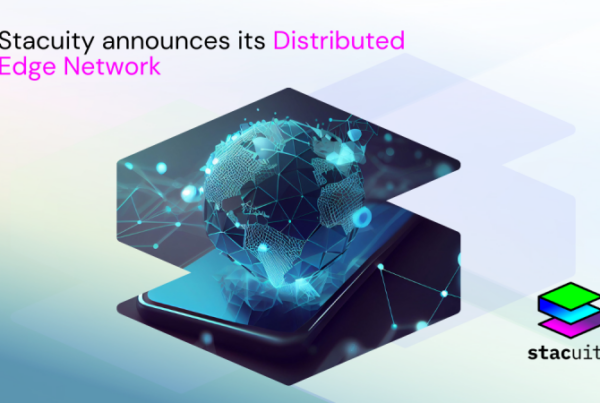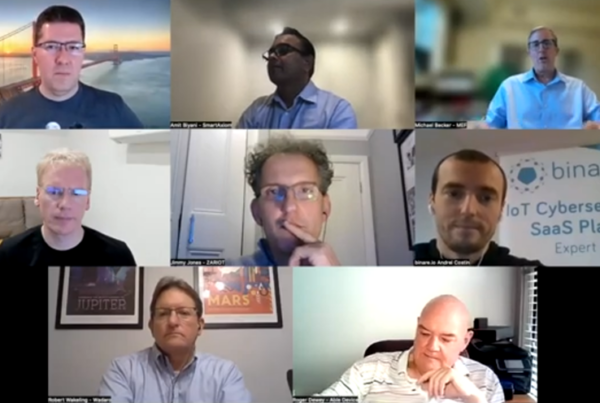The use of cellular technologies for connecting the Internet of Things is facing some transformational changes, not least of finding the right pricing model. Here, Transforma Insights founder Matt Hatton explains why he believes cellular IoT is trending towards a $1/year annual cost model, and how providers will cope with the changing dynamics in the market.
The part of the Internet of Things related to cellular connectivity is faced with significant price erosion and a consequent revenue squeeze. Transforma Insights believes that there is a good chance that MNOs and MVNOs will within the next 5 years be faced with ‘$1 IoT’, i.e. the prevailing price for IoT connectivity for most applications will be $1 per year. Offers from the likes of 1NCE are already priced at that level, and analysis of MNO average revenue see a lot of evidence that average revenue per device is dropping quite rapidly from its current typical $10-12 per year. The implications of such a scenario will be substantial.

The consequences of price decline are not all bad. Lower prices will mean much higher adoption. Lowering price reduces the barriers to entry for using IoT for new things, and reducing prices by around 90% would open up significant new opportunities, including eating into the share of the market currently dominated by short-range technologies such as Bluetooth and Zigbee.
In China, where average revenue per cellular device today sits at around $1-$2 per year already, there are around 0.4 cellular connections per head of population, compared to 0.1 in the rest of the world. However, a scenario of $1/year revenue still means a squeeze on connectivity revenue while at the same time supporting a much bigger base of connections.
Most CSPs entering such markets will be just another service provider. True differentiators are hard to come by, but there is potential to succeed with a carefully crafted strategy”
How do Communications Service Providers deal with this squeeze?
Many analysts would recommend that CSPs go ‘up the stack’ and pursue vertical solutions such as fleet management, building security or retail. Such recommendations are easier to make than they are to fulfil. The challenge is that any individual market will often be highly contested, usually by specialist service providers that have been in the space for many years with highly evolved products, channels and go-to-market strategies. Most CSPs entering such markets will be just another service provider. True differentiators are hard to come by, but there is potential to succeed with a carefully crafted strategy.
A typical way of dealing with price pressures is to seek scale through consolidation. In the MVNO space this has been fairly commonplace already. Wireless Logic, for instance, has been on the acquisition trail a lot in recent years, buying up companies such as Arkessa (UK), Com4 (Norway), Data Mobile (Liechtenstein), Matooma (France), and Things Mobile (Italy). For MNOs IoT is never going to trigger consolidation given that IoT typically only represents one or two percent of their revenue.
For MNOs, a more likely approach is to rethink the approach to IoT overall, shifting to a model focused on selling purely connectivity, with a large element of that being based on wholesale, i.e. supporting MVNOs. With that type of strategy comes a requirement to control costs much more closely, for instance for IoT-specific spending on things like NB-IoT and LTE-M upgrades. There is evidence that a number of MNOs are pursuing just such a strategy.
The optimum strategy for best addressing lower per-device connectivity revenue is to ensure that costs are similarly reduced. It is only by reducing onboarding and ongoing connectivity costs that a connectivity provider can offer the scalability to support the hoped-for billions of devices at the expected price points. CSPs need to reconstitute themselves as Hyperscale IoT Connectivity providers, with the appropriate capabilities of low-touch, low-cost support for connections.
On the 9th November, Transforma Insights’ analysts will run a webinar entitled ‘Best Practice for Communications Service Providers in delivering the IoT’ drawing on the results of our extensive work analysing and assessing the capability of MNOs and MVNOs, and particularly looking at how they cope with the changing dynamics outlined above.
Webinar, 9th November: Best Practice for Communications Service Providers in delivering the IoT
The analysts at Transforma Insights have unrivalled understanding of the global market for IoT connectivity and the associated network operators and service providers. In the 9th November free webinar ‘Best Practice for Communications Service Providers in delivering the IoT‘ our analysts will share the latest insights on the key market trends in technology, go-to-market strategy, product portfolio, and much more.
Join us if you want to learn about the latest key developments in the IoT connectivity market.






